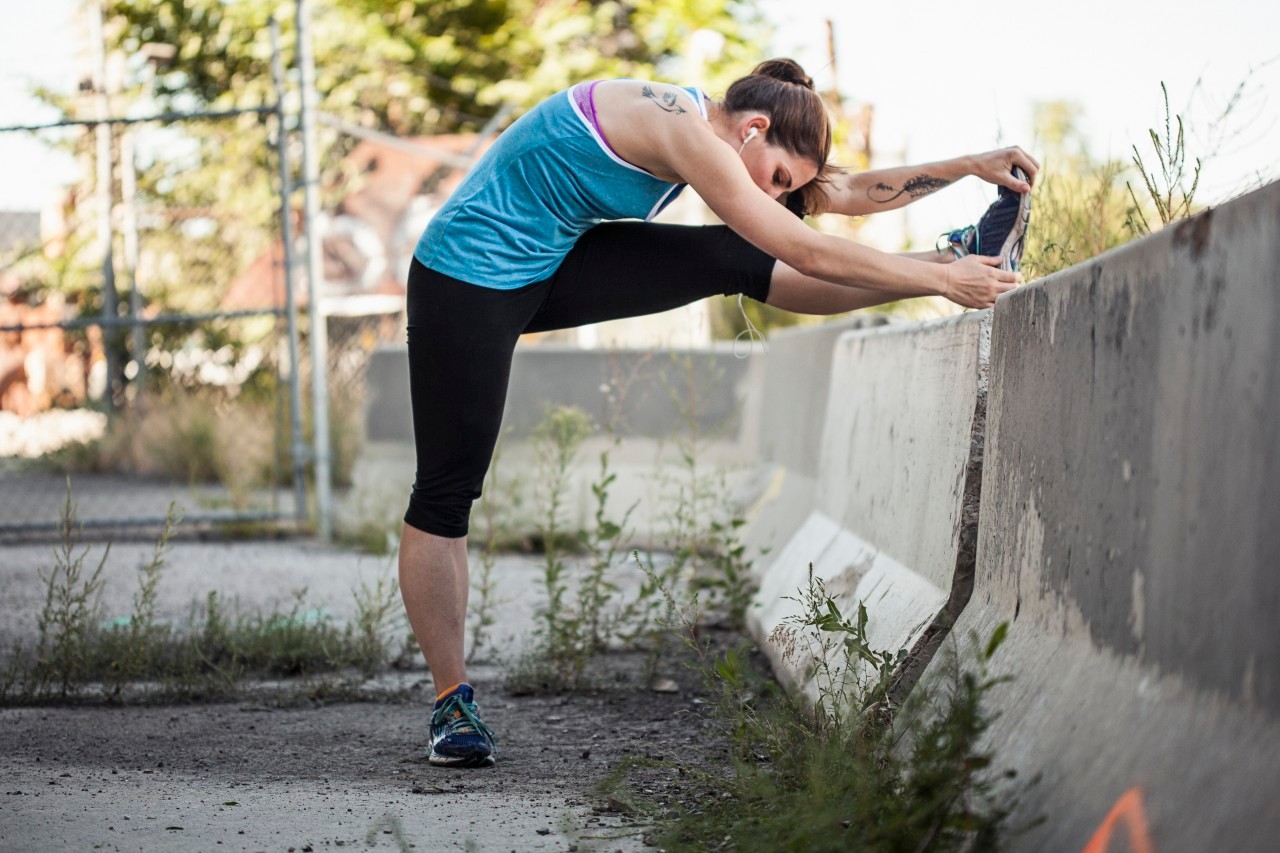How to Increase Bone Density with Exercise

Whether you’re young, old, or in between, exercise can help maintain your bones and make moving easier. Here's how to increase bone density through exercise.
Inside your body there are more than 200 bones of all shapes and sizes working together to help you work and play.
Since you can’t see them, your bones can be taken for granted, but they are essential to your continued health whether you’re 5 years old or 75 years old.
YOU MIGHT ALSO LIKE: Strength Training for When You’re Over 50
Why is bone density important?
When you think of your bones at all, you probably have an image of a skeleton in your mind. You see a framework. Yet attached to that are the tendons, ligaments, and joints that allow movement.
Bones also serve as a sort of shield, protecting your inner organs. You have a rib cage, for example, that protects many organs from harm. Inside the bones, marrow serves as the factory for development of blood. On the outside, calcium is used by your entire body as needed.
Your bones are important for more than you probably think. That makes their maintenance crucial to your overall health. Kids have bones that are still growing and forming, like any living tissue.
“You can think of bone as a bank account, where (with your help) your kids make ‘deposits’ and ‘withdrawals’ of bone tissue,” says the National Institute of Arthritis and Musculoskeletal and Skin Diseases (NIAMS).
How does exercise increase bone density?
Far more bone is deposited than withdrawn during childhood and adolescence. Bone mass, or the total formation and growth, peaks in the late 20s for most people.
When you exercise, you’re maintaining or building bone mass, or the amount of calcium and minerals that make up the bones.
For young people, exercise strengthens the bones as they grow, especially weight-bearing activities such as walking, running, dancing, and sports that force the bones to work against gravity.
If you want to further ensure your kids’ bone strength, consider strength training that can includes free weights, machines, and other devices that provide resistance.
You might want to start your kids’ strength training under the guidance of a sports trainer who can help them learn proper form before they embark on training with weights.
How to increase bone density
If you’ve exercised into adulthood, you generally achieve greater peak bone mass than those who didn’t, the NIAMS says. Yet, after you’ve reached maximum bone mass, you can begin to lose bone.
“Women and men older than age 20 can help prevent bone loss with regular exercise,” the NAIMS adds.
Bone loss can occur without any known cause, or thin bones may run in families. Generally speaking, white, elderly women are most likely to have bone loss, which occurs when the body reabsorbs more bone than is produced.
By the time you reach middle age, in the first few years after menopause, “most women go through rapid bone loss,” the NAIMS says. That loss levels off over time. Women tend to have lower bone mass than men to begin with.
Before that bone loss naturally begins, a regular exercise regimen can help head it off and slow it down, if not stop it altogether.
It’s estimated that 30 percent of women over age 65 have osteoporosis, which translates to “porous bones.”
One study found that women ages 50 to 70 in a “high-intensity” strength-training program had significant increases in bone density. They also improved their muscle mass, muscle strength, and dynamic balance. They exercised two days per week using five different exercises. The study lasted one year.
Experts agree that changing your exercise routine is a great way to increase bone density.
“When we do our normal activities, our bones get used to that activity,” said Karen Kemmis, a physical therapist and exercise physiologist.
“If I do the same thing every day, my bones have the exact same strength. To strengthen, it has to be over and above what we do in normal life. It always has to be a little bit more.”
Even though men have the advantage of higher bone density, you, too, need to exercise as you age to maintain healthy bones, especially after age 70.
The best strategy is to begin regular weight-bearing activity and specific exercises at an early age and maintain that routine throughout life. That way, as the bones lose density, as you grow older, exercise will counteract that loss by adding density though resistance.
The level of exercise you need depends on your age, health and bone density, as measured by a bone density test. But, in general, you need weight-bearing and muscle-strengthening exercises that are specific to building bone density. Make sure you talk to your doctor before starting any exercise program.
Updated:
April 08, 2020
Reviewed By:
Christopher Nystuen, MD, MBA